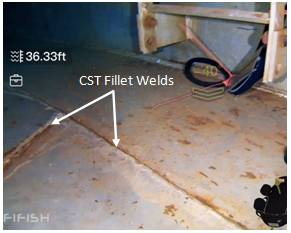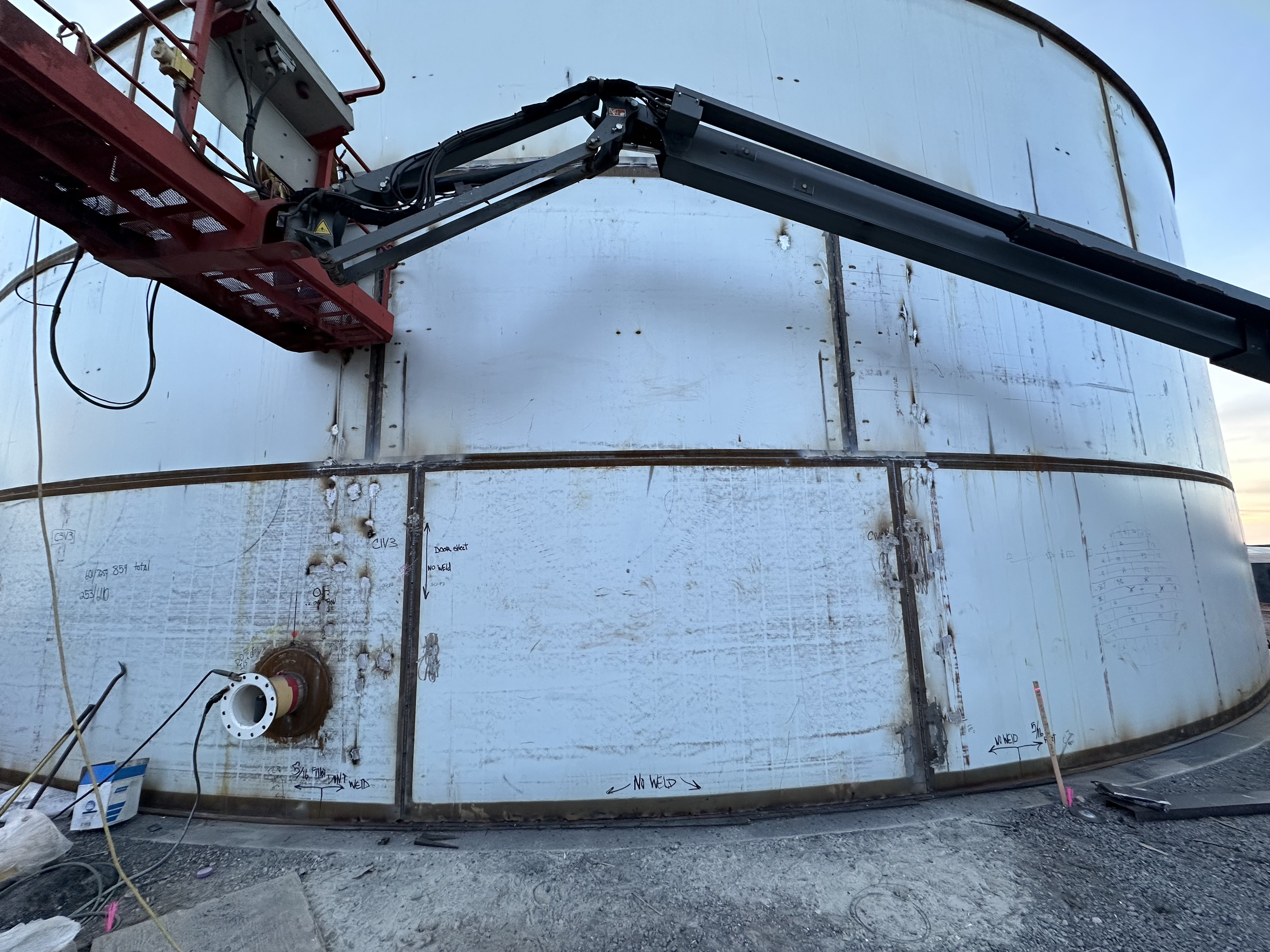The Crucial Function of Storage Tank Welding Assessment in Ensuring Structural Stability and Safety And Security Compliance in Industrial Applications
In the world of industrial applications, container welding evaluation arises as an essential component in securing architectural honesty and making certain conformity with safety guidelines. Utilizing a combination of methods such as visual evaluations and progressed screening techniques, these evaluations serve to recognize and alleviate prospective imperfections prior to they rise into substantial risks.
Importance of Container Welding Examination

Ensuring conformity with industry standards and policies is an additional considerable aspect of container welding assessment. Regulatory bodies mandate strict guidelines for the building and construction and upkeep of storage space tanks, and detailed assessments aid organizations follow these requirements. Non-compliance can result in extreme charges, including fines and shutdowns, better highlighting the requirement for rigorous assessment procedures.
Furthermore, tank welding inspection plays a critical duty in keeping operational performance. In recap, the importance of container welding evaluation exists in its capability to secure public health, secure the environment, and make sure conformity with regulatory structures.
Key Examination Techniques
Effective container welding evaluation relies upon a range of crucial strategies that ensure extensive analysis of weld high quality and architectural honesty. Among one of the most prevalent methods are aesthetic inspection, ultrasonic screening, radiographic screening, and magnetic bit testing - Tank Welding Inspection. Each method supplies distinct advantages in evaluating various facets of the weld
Visual assessment acts as the initial line of protection, permitting assessors to recognize surface defects, abnormalities, or variances in the weld bead. Ultrasonic testing uses high-frequency acoustic waves to spot interior defects, such as cracks or gaps, offering a detailed evaluation of weld honesty. This technique is specifically efficient in finding issues that might not show up externally.
Radiographic screening makes use of X-rays or gamma rays to generate photos of the welds, revealing interior stoppages and supplying a permanent record for future reference. This technique is extremely reliable for crucial applications where the threat of failing have to be reduced.
Finally, magnetic fragment testing is used to identify surface area and near-surface flaws in ferromagnetic products. By using magnetic fields and fine iron fragments, assessors can determine interruptions that may compromise the structural integrity of the container. Together, these methods develop a durable framework for ensuring high-quality welds in commercial applications.
Conformity With Safety Standards

Regular examinations play a crucial role in ensuring conformity by identifying prospective failings or discrepancies from prescribed criteria. Examiners are trained to assess weld quality, verify product requirements, and examine the general architectural integrity of storage tanks. Their competence is essential in making certain that welding processes satisfy the needed security requirements.
Moreover, conformity with safety and security criteria not only protects workers however likewise safeguards the atmosphere from potential threats such as leakages or tragic failures. Organizations that focus on safety conformity are much better positioned to minimize dangers, boost functional efficiency, and foster a society of safety within their workforce. In summary, keeping strenuous compliance with safety standards is important for the effective operation of container welding activities in industrial setups.
Advantages of Regular Assessments
Regular examinations are essential to maintaining the architectural stability and security of bonded containers. These assessments supply a methodical approach to identifying possible flaws or weaknesses in the welds, ensuring that any kind of concerns are addressed before they rise into considerable failings. By conducting normal analyses, companies can identify rust, tiredness, and various other moved here forms of deterioration that may compromise container performance.
In addition, regular examinations add to compliance with market laws and criteria. Abiding by these guidelines not just minimizes lawful risks but also boosts the company's track record for security and dependability. Normal evaluations cultivate a positive safety and security culture, motivating staff members to recognize and prioritize the relevance of tools integrity.

Situation Studies and Real-World Applications
Instance researches and real-world applications show the concrete effect of effective storage tank welding assessment practices. Adhering to the implementation of strenuous welding evaluation methods, consisting of visual and ultrasonic screening, the center determined vital problems in weld seams that can have led to catastrophic failings.
Similarly, a water therapy plant implemented a thorough assessment program for its tank welding procedures - Tank Welding Inspection. By including non-destructive screening approaches, the plant had the ability to identify very early indicators of deterioration and fatigue in weld joints. This timely treatment extended the life-span of the containers and made sure compliance with safety and security guidelines, thus guarding public health and wellness
These case research studies highlight the relevance of normal and organized container welding inspections. By focusing on these techniques, sectors can minimize threats, enhance structural honesty, and make sure conformity with safety requirements, ultimately resulting in boosted functional performance and minimized responsibilities.

Conclusion
In conclusion, container welding assessment is a crucial component of maintaining architectural stability and from this source security in industrial applications. Using different assessment techniques guarantees very early detection of prospective problems, thus preventing catastrophic failings.